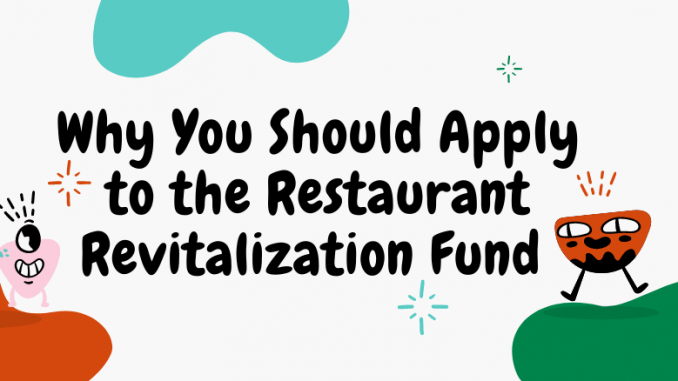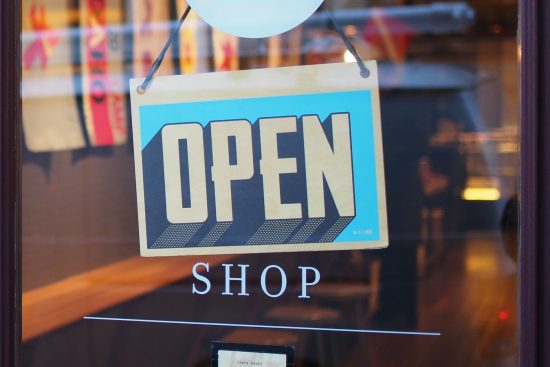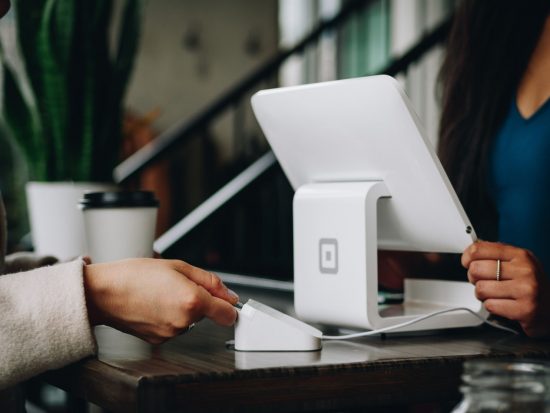
Business owners identifying as women, veterans, or socioeconomically disadvantaged are receiving priority registration.
BY KATRINA YENTCH
BARISTA MAGAZINE ONLINE
For the United States and much of the world, last year was a headache of unemployment applications, small-business loans, and a struggle to make up for lost profits between repeated indoor dining shutdowns. For many, this is still the case. However, there is a chance to recover some of this money with the Small Business Administration’s (SBA’s) most extensive financial relief package yet.
The Restaurant Revitalization Fund goes beyond the assistance that the previous Paycheck Protection Program covered because it seeks to provide money for pure loss of profit during the pandemic, rather than the previous program’s commitment to covering employee payroll. According to the SBA, “This program will provide restaurants with funding equal to their pandemic-related revenue loss up to $10 million per business and no more than $5 million per physical location. Recipients are not required to repay the funding as long as funds are used for eligible uses no later than March 11, 2023.”

For folks who applied to the PPP, many will be familiar with the application requirements, which include documentation like tax verification and gross receipts documentation. These prove that businesses operated at a loss of at least 33% because of compromised public sales. If they qualified for the PPP, there’s a good chance that they also qualify for the Restaurant Revitalization Fund. “As the IT team for over a hundred restaurants and specialty-coffee shops, we’ve seen firsthand that the Restaurant Revitalization Fund is a step in the right direction,” says Andy Freivogel, who operates Science on Call, a tech support company for the hospitality industry. “PPP didn’t really work for restaurants: it only provided them with a loan to keep their staff employed for about eight weeks, but did precious little to cover the large revenue gap created by forced closures. Owners already didn’t make enough money in restaurants and coffee shops, and the pandemic just shined a light on that.”
Within the spectrum of qualified businesses (coffee included, of course), other small businesses that should apply are food carts, restaurants, bars, inns, wineries, distilleries, snack/nonalcoholic beverage bars, and more—so even if you don’t own an actual coffee shop, there’s a good chance you should still apply, especially if you sell coffee at a business like this. Additionally, the timeframe in which you opened or operated your business is expansive; even those who began businesses in 2021 are applicable.
Another important factor to consider is the increased accessibility of this program. Several elements have made it that much more compelling and efficient for small-business owners to apply for the Restaurant Revitalization Fund. One major note is that the SBA will be prioritizing the applications of those who identify as women, veterans, or socially and economically disadvantaged individuals. The SBA identifies the last two groups as:
- Socially disadvantaged individuals: Those who have been subjected to racial or ethnic prejudice or cultural bias because of their identity as a member of a group without regard to their individual qualities.
- Economically disadvantaged individuals: Socially disadvantaged individuals whose ability to compete in the free enterprise system has been impaired due to diminished capital and credit opportunities as compared to others in the same business area who are not socially disadvantaged.
While the portal is currently open to everyone to apply, the SBA will only review applications from these groups during the priority period through May 24. Another window of accessibility is the application’s integration into POS systems. Companies like Square, Clover, Toast, Aloha, and Oracle have offered streamlined reporting systems to make it easier to apply. Last but not least, the application is available in 28 languages.

The SBA estimates that funds will be disbursed 14 days after the applicant submits the completed forms and documentation. In order to determine the specific amount you are eligible for, you can consult pages 7-9 of this application guide. If there is still confusion over the process, this webinar also breaks down the Restaurant Revitalization Fund. Once funds have been disbursed, you can use them on the following costs:
- Business payroll costs (including sick leave)
- Payments on any business mortgage obligation
- Business rent payments (note: this does not include prepayment of rent)
- Business debt service (both principal and interest; note: this does not include any prepayment of principal or interest)
- Business utility payments
- Business maintenance expenses
- Construction of outdoor seating
- Business supplies (including protective equipment and cleaning materials)
- Business food and beverage expenses (including raw materials)
- Covered supplier costs
- Business operating expenses
It may seem like a frustrating and daunting task to spend energy on another recovery fund, but if you think you’re in any way at all qualified, this is likely worth applying for. “No one works harder than independent owner/operators of specialty-coffee retailers,” affirms Andy, “so if you were able to get PPP, and you know your revenue was down during 2020, by all means, apply. You DESERVE that money.”
You can begin your application by creating an account here.

